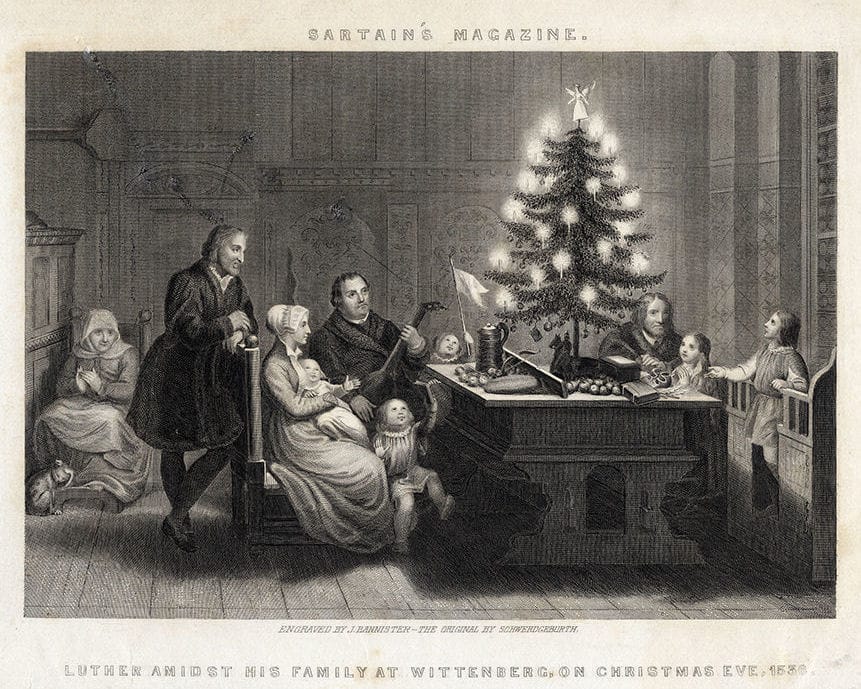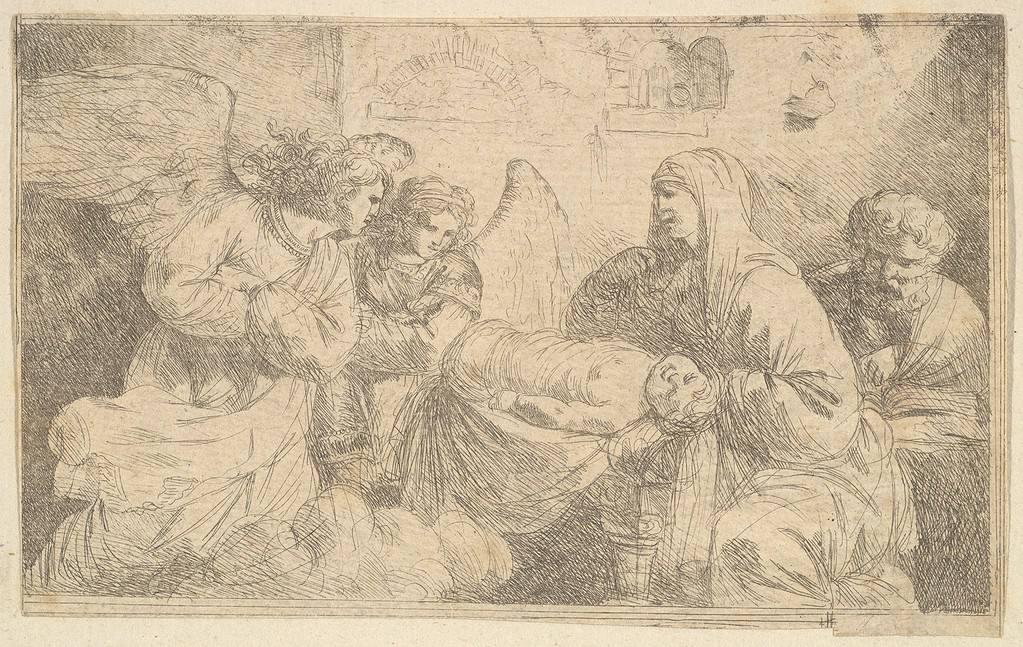Many sights are commonly expected around the holidays – reindeer, gingerbread men, nativity sets, and of course, Christmas trees. However, it may surprise some to learn that not all symbols of yuletide cheer have much to do with the religious aspect of this much-celebrated holiday. As a special day to many for both religious and secular reasons, there is quite a history behind the holiday itself from both perspectives.
The Bible, the holy book of several religions, contains references to celebrating the birth of Jesus. These mentions can be interpreted as verses that describe Christmas, although not exactly how we see it today. However, would it surprise you to learn that the Bible, despite speaking of the holiday, doesn’t directly talk about Christmas trees? To clear up this confusing mystery, let’s delve further into the background of these often anticipated plants. From there, we’ll look into a few places where tradition and scripture collide, often with surprising outcomes!
History of Christmas Trees

During the 1840s, the Christmas tree became a phenomenon within Europe and the United States.
Possibly dating all the way back to the Middle Ages, the concept of the Christmas tree has certainly changed over the years. The “tree of life,” an allegory frequently seen in some of the earliest medieval plays, was dedicated specifically in remembrance of Adam and Eve. The plays in question often took place on December 24th, the traditional celebration for these forebears of humanity.
Shortly after the Middle Ages, writings from a Monastery in Portugal describe how to construct and decorate a wreath for Christmas time. The instructions colorfully include using a combination of oranges and candles to make a festive, illuminated ornament.
Although disputed in its relation, a slew of pagan beliefs from ancient Eurasia regarded evergreen greenery as representing eternal life. Within their own spheres of influence, cultures like the Chinese, Egyptians, and Hebrews had their specific reasons for prizing evergreens. Contrarily, early Europeans, including the Celts, Saxons, and Vikings generally revered or worshipped trees in some fashion. The symbology is thought to have remained as a cultural adornment during the holidays, even after Christianity was introduced to areas with such native ideologies.
In modern times, the Christmas trees we know now are largely credited to the countries of Estonia, Germany, and Latvia. During the Renaissance, Martin Luther famously added candles to evergreen trees for festive purposes. After this trend was established, many other religious denominations followed suit, creating a lasting tradition that still lives on today.
Christmas Trees in the Bible

While the Bible makes extensive allegorical references to trees, none of them relate to Christmas.
The immediately recognizable image of the beloved Christmas tree makes it nigh inseparable from its holiday. And, given the generally religious undertone of Christmas itself, it might be easy to assume this traditional symbol has always been there. However, the Bible never mentions using trees to celebrate the birth of Jesus Christ – not even once!
Several excerpts from the Bible may sound related but are not actually. For example, Deuteronomy 16:21 guides readers to avoid placing trees near altars of God. Jeremiah 10:1-5 speaks of cutting and decorating trees from the forest, but this is more of a warning against idolatry. Isaiah 44:14-17 similarly describes the incorrect use of timber as a false god. Interestingly, Leviticus 23:40 explains how to mix and decorate greenery in celebration of the Lord, but it’s not in any reference to a holiday.
There’s definitely a recurring theme involving green trees throughout the above, and numerous other, scriptural references. Many passages indicate that the historical pagan practice of revering evergreens is to be shunned. However, it’s important to note these passages don’t outright condemn the act of decorating a tree for fun. In summary, although the Bible never directly mentions trees for Christmas, trees still serve as an important allegory in many ways.
Christmas Trees and Christian Tradition

The Protestant Christian Martin Luther may have been the father of the modern Christmas tree.
As Christians worldwide adopted the habit of using evergreen trees, correlating lore began to spread. Primarily, the story of Saint Boniface became iconic for his feat of felling a pagan oak tree. The previously spiteful pagans realized the error of their ways and converted to Christianity after such a striking display. Furthermore, the original spot of this baneful oak supposedly became the site of an evergreen. Through this parable, evergreen trees were related to the shape of the Holy Trinity. The upward arrow shape of the tree was also linked here as to pointing upwards toward Heaven.
In America, Germanic settlers brought the modern tradition of Christmas trees to the New World. Although regular for them, this practice was looked down upon as a pagan tradition until sometime in the late 1840s. Puritans represented a significant majority in early colonies and staunchly opposed any potential idolatry. However, as the population and diversity of America increased, these insinuations were eventually discarded. As different belief systems and trends circulated, the then-new tradition of Christmas trees became commonplace during the 1890s.
One could say that each Christian denomination has had particular regulations regarding Christmas trees through the years. However, the surrounding regional and cultural innovations influenced the now-rejoiced icon into a normalized tradition.
Controversies Surrounding Christmas Trees

The true Christian Christmas is always about the celebration of Jesus’ birth.
©Jean-Jacques Lagrenée via Metropolitan Museum of Art / Public Domain – Original / License
The seemingly innocent Christmas tree certainly has a checkered past, and still poses concerns today. Many Christians debate the use of them, as at no point does God call for, or approve, their use. As stricter interpretations of the Bible have historically held, the use of decorated trees could still represent idolatry. Also, if not for the reverence of a false tree god, the inappropriate embellishment of a tree could be a sign of materialism. The passage of Luke 12:15 summarizes the need for believers to avoid greed quite clearly!
On a slightly related note, the mass production of Christmas trees is another controversial topic, although not an entirely religious one. Both the farming and harvesting of evergreen trees can lead to concerns about sustainability. In addition, the manufacturing of artificial trees makes use of an enormous amount of plastic, which is not eco-friendly. Most of the common materials in fake trees are not recyclable, and toxic lead may sneak its way in, too. Lastly, the shipping overhead of both kinds of trees alone is also a contributor to global pollution.
All in all, it’s best to consider all of the impacts any kind of Christmas tree purchase may have before committing. If there are any concerns about enjoying a Christmas tree for those of Christian belief, simply recall 1 Corinthians 10:31. Please do consult with your pastor if you have doubts or would like to gain more personal insight on the topic, though!
Thank you for reading! Have some feedback for us? Contact the AZ Animals editorial team.








